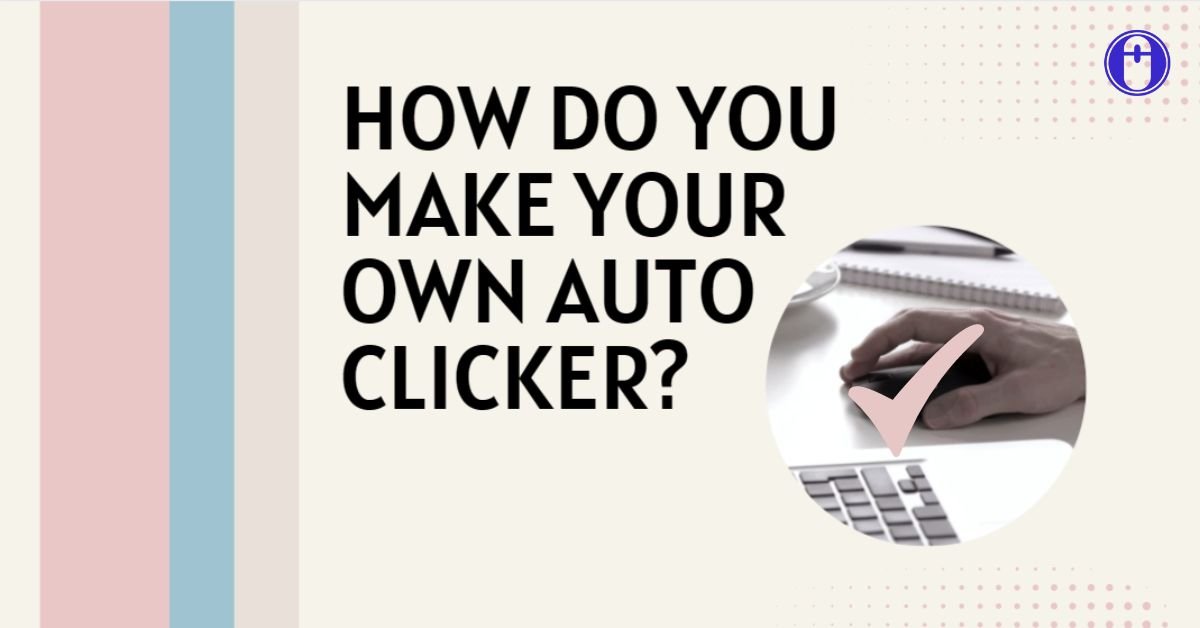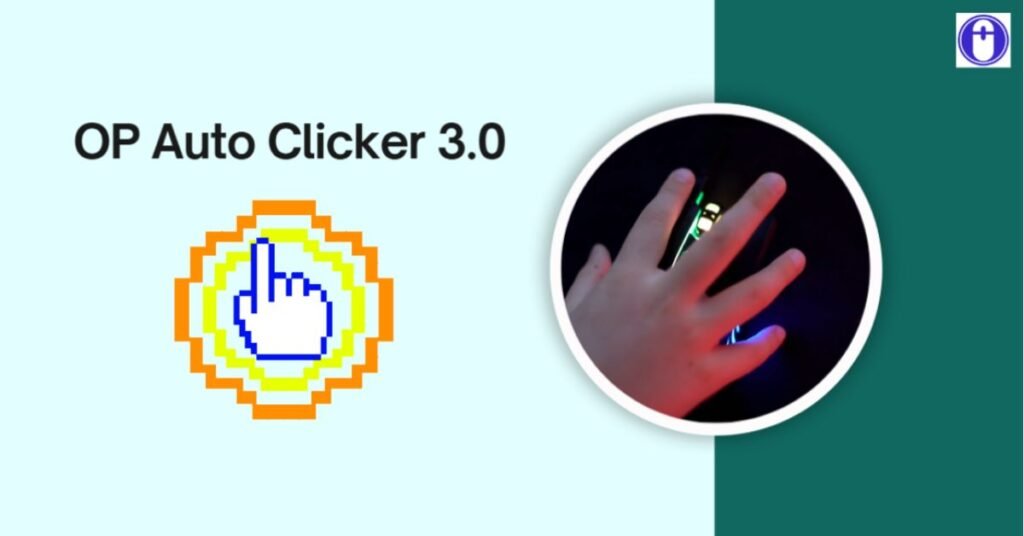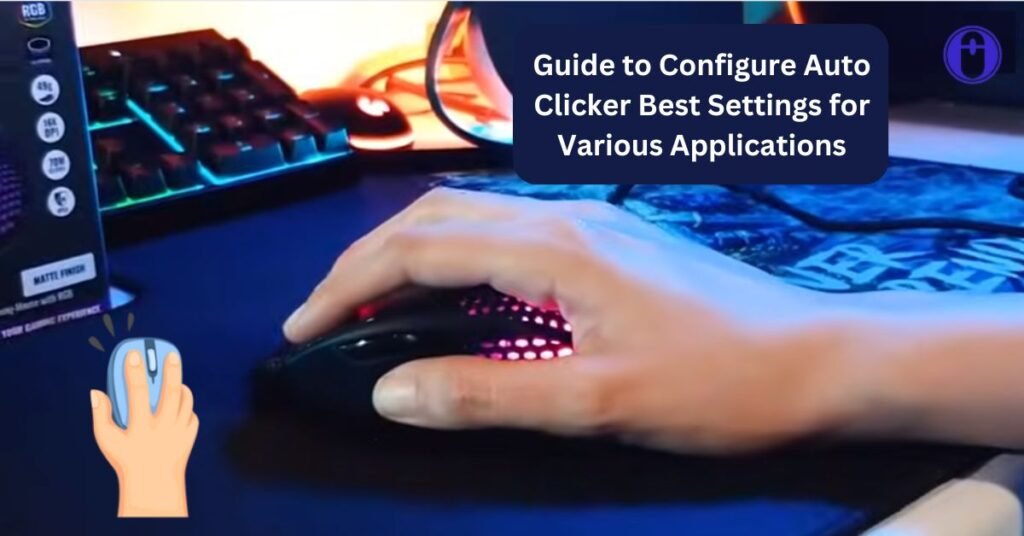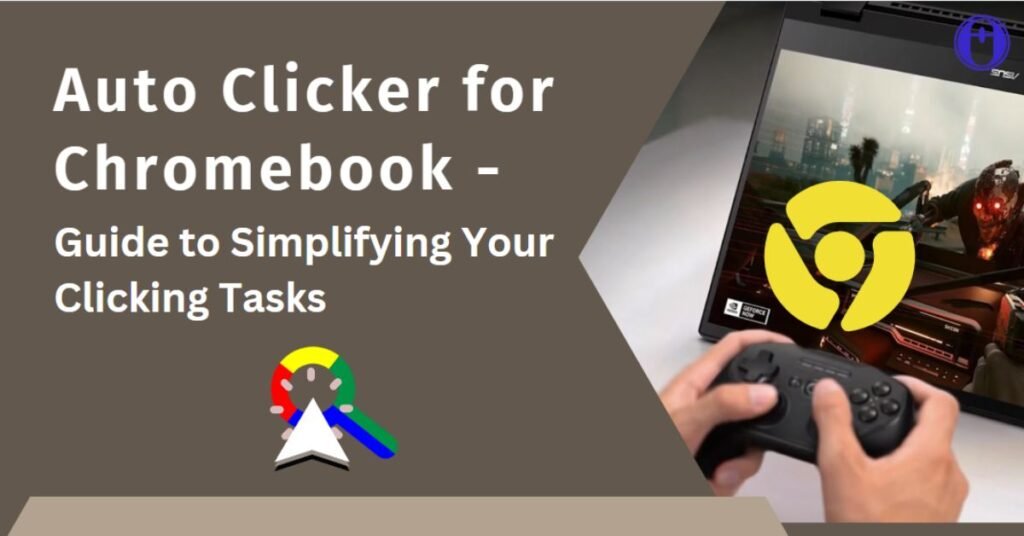Do you want to make your own auto-clicker? Well, in this guide, we will see the steps that we need for creating an autoclicktool. Because time is of the essence in this world, efficiency must be maximized.
Whether you’re a seasoned gamer seeking to gain an edge or a professional aiming to streamline repetitive tasks, an auto clicker can be a game-changer. While pre-made solutions exist, crafting your own auto clicker offers unparalleled customization and satisfaction.
In this guide, we’ll walk you through the process of creating your very own auto clicker from scratch, empowering you to tailor it to your specific needs and preferences.
10 Steps to Consider for Making an Autoclicker
Step 1. Understanding Auto Clickers
- Auto clickers are software tools designed to automate mouse clicks, thereby reducing the need for manual intervention in repetitive tasks.
- They find applications in various fields, including gaming, software testing, data entry, and more.
- Creating your own auto clicker allows you to customize its features and functionality according to your requirements, offering greater flexibility and control.
Step 2. Planning Your Auto Clicker
- Begin by identifying the tasks or activities you intend to automate using the auto clicker.
- Set clear objectives and targets, outlining the specific functionalities you need the auto clicker to perform.
- Consider factors such as user interface design, ease of use, and compatibility with different operating systems during the planning phase.
Step 3. Choosing the Right Development Platform
- Select a programming language and development framework that align with your skills and preferences.
- Popular choices for building auto clickers include Python, Java, and C#, each offering unique advantages and capabilities.
- Consider factors such as accessibility, community support, and compatibility with external libraries when making your decision.
Step 4. Building the Core Functionality
- Start by designing the user interface (UI) of your auto clicker, keeping it intuitive and user-friendly.
- Implement mouse event handling mechanisms to detect and simulate mouse clicks programmatically.
- Manage timing and intervals effectively to control the frequency and duration of clicks based on user preferences.
Step 5. Adding Advanced Features
- Explore options for customizing your auto clicker, such as specifying click locations, adjusting click intervals, and incorporating hotkeys for activation.
- Consider implementing multi-click functionality to perform sequences of clicks with varying delays between each click.
- Experiment with advanced features like mouse movement simulation and click pattern recognition to further enhance the capabilities of your auto clicker.
Step 6. Testing and Debugging
- Thoroughly test your auto clicker to ensure reliability, stability, and compatibility across different environments.
- Identify and address any bugs or issues that arise during testing, employing debugging tools and techniques as needed.
- Gather feedback from users and iterate on your auto clicker based on their suggestions and experiences.
Step 7. Enhancing Security and Safety Measures
- Implement safeguards to prevent unintended clicks or actions that could potentially cause harm or disruption.
- Incorporate safety checks to verify user input and prevent accidental activation of the auto clicker in sensitive or inappropriate contexts.
- Take measures to secure user data and preferences, such as encryption and password protection, to safeguard privacy and confidentiality.
Step 8. Optimizing Performance
- Optimize resource usage to minimize CPU and memory overhead, ensuring efficient operation of your auto clicker.
- Fine-tune algorithms and processes to maximize performance and responsiveness, particularly when dealing with large datasets or complex click patterns.
- Continuously monitor and optimize your auto clicker to keep pace with evolving hardware and software environments.
Step 9. Documentation and Support
- Create comprehensive documentation, including user guides and manuals, to help users understand and utilize your auto clicker effectively.
- Establish channels for technical support and assistance, such as forums, email support, or online chat, to address user queries and issues promptly.
- Encourage community engagement and collaboration by providing forums or discussion boards where users can share tips, tricks, and feedback.
Step 10. Legal and Ethical Considerations
- Ensure compliance with relevant laws, regulations, and terms of service governing the use of auto clickers.
- Avoid engaging in activities that violate the rights or privacy of others, such as automated botting or click fraud.
- Promote responsible and ethical use of your auto clicker, emphasizing the importance of respecting the rights and interests of others.
Final Words
By following the steps outlined in this guide, you can create a customized auto clicker that meets your specific needs and preferences. Whether you’re looking to streamline your workflow, boost your productivity, or gain a competitive edge, mastering the art of auto clicking can open up a world of possibilities. Remember to use your auto clicker responsibly, ethically, and in accordance with applicable laws and regulations. With the right tools and techniques at your disposal, you’ll be well on your way to mastering efficiency in no time.
Share







